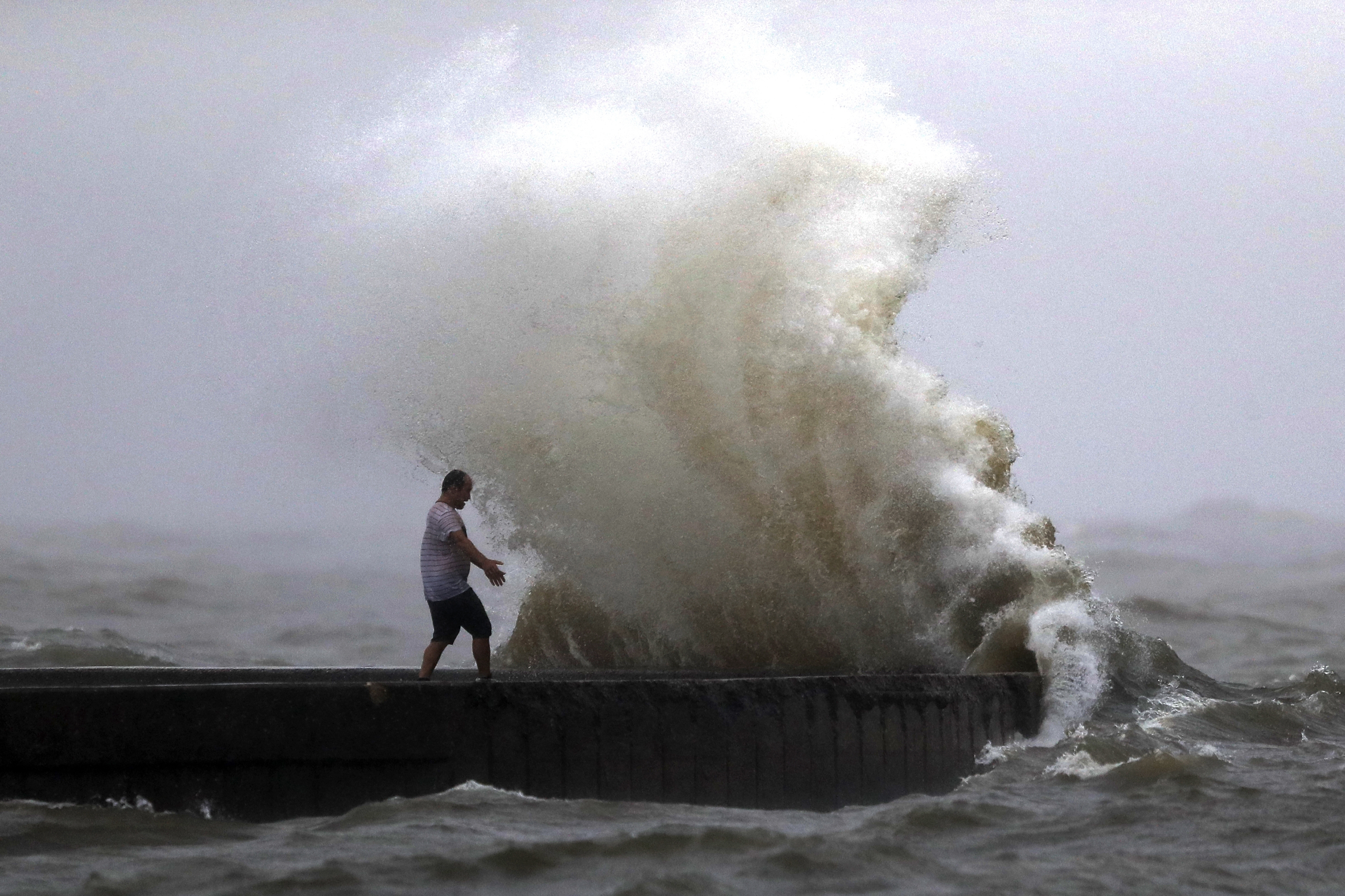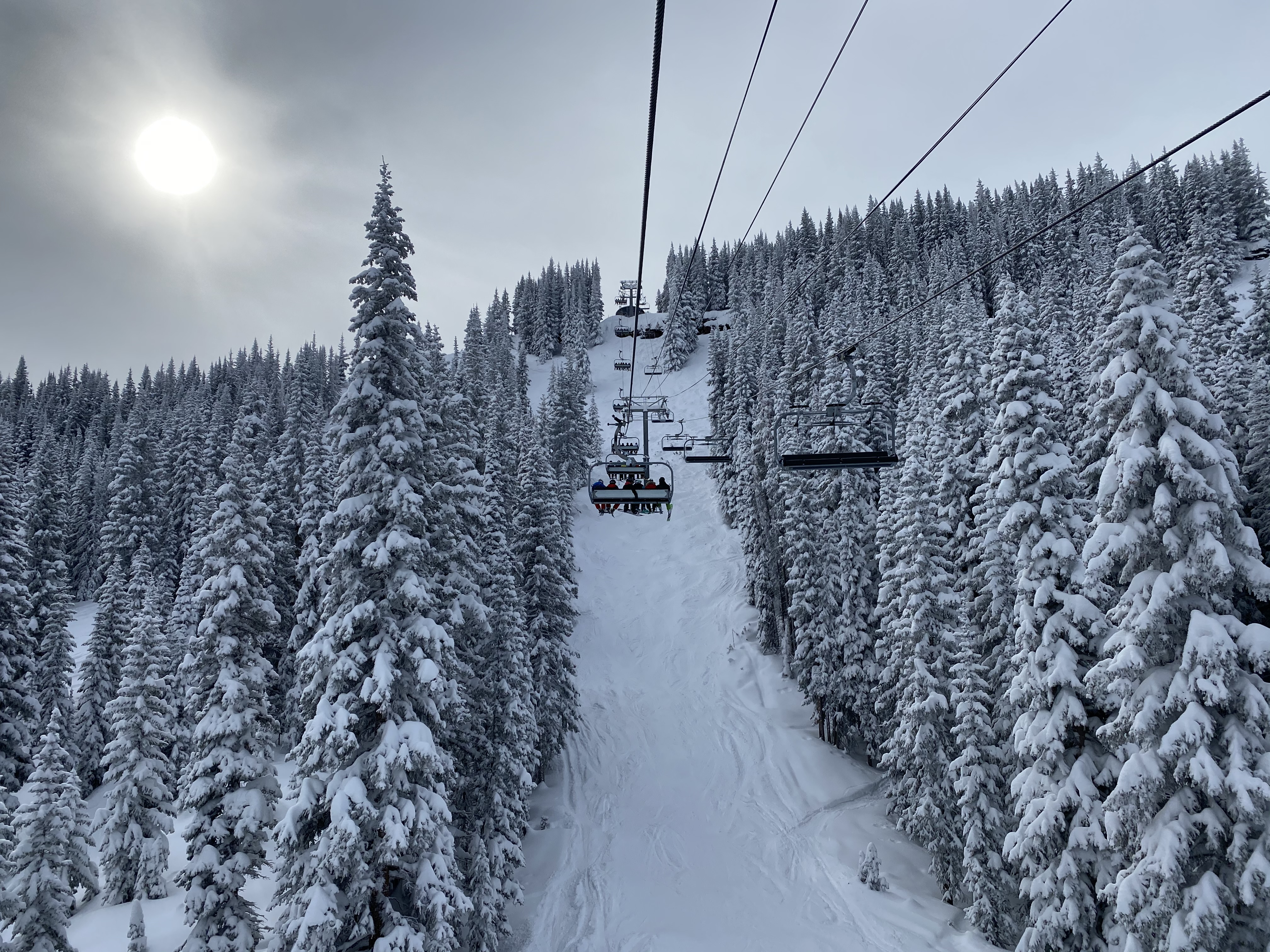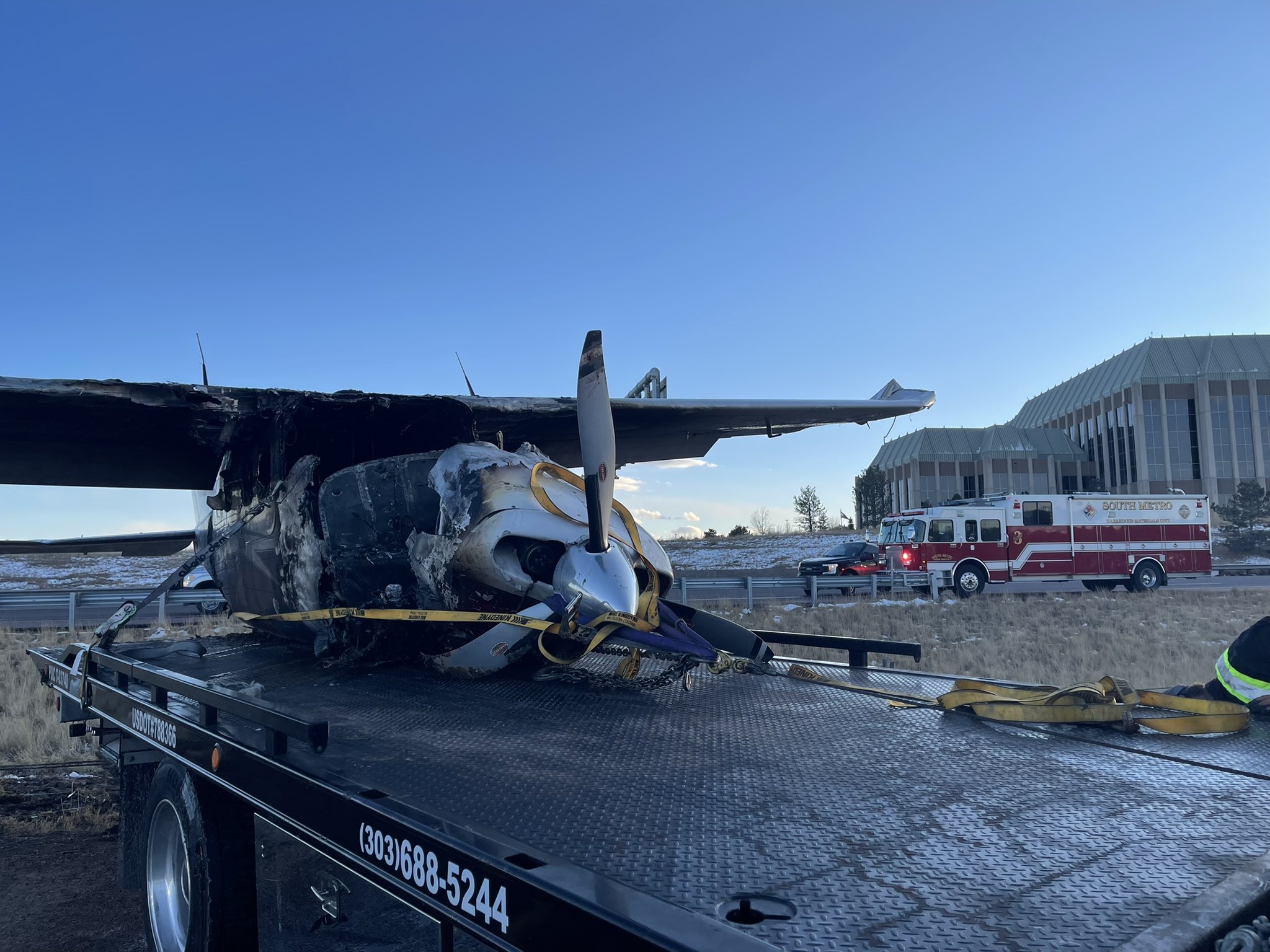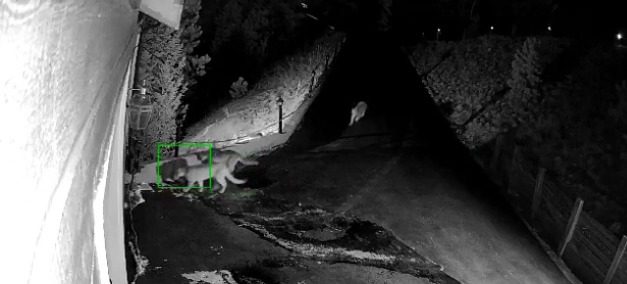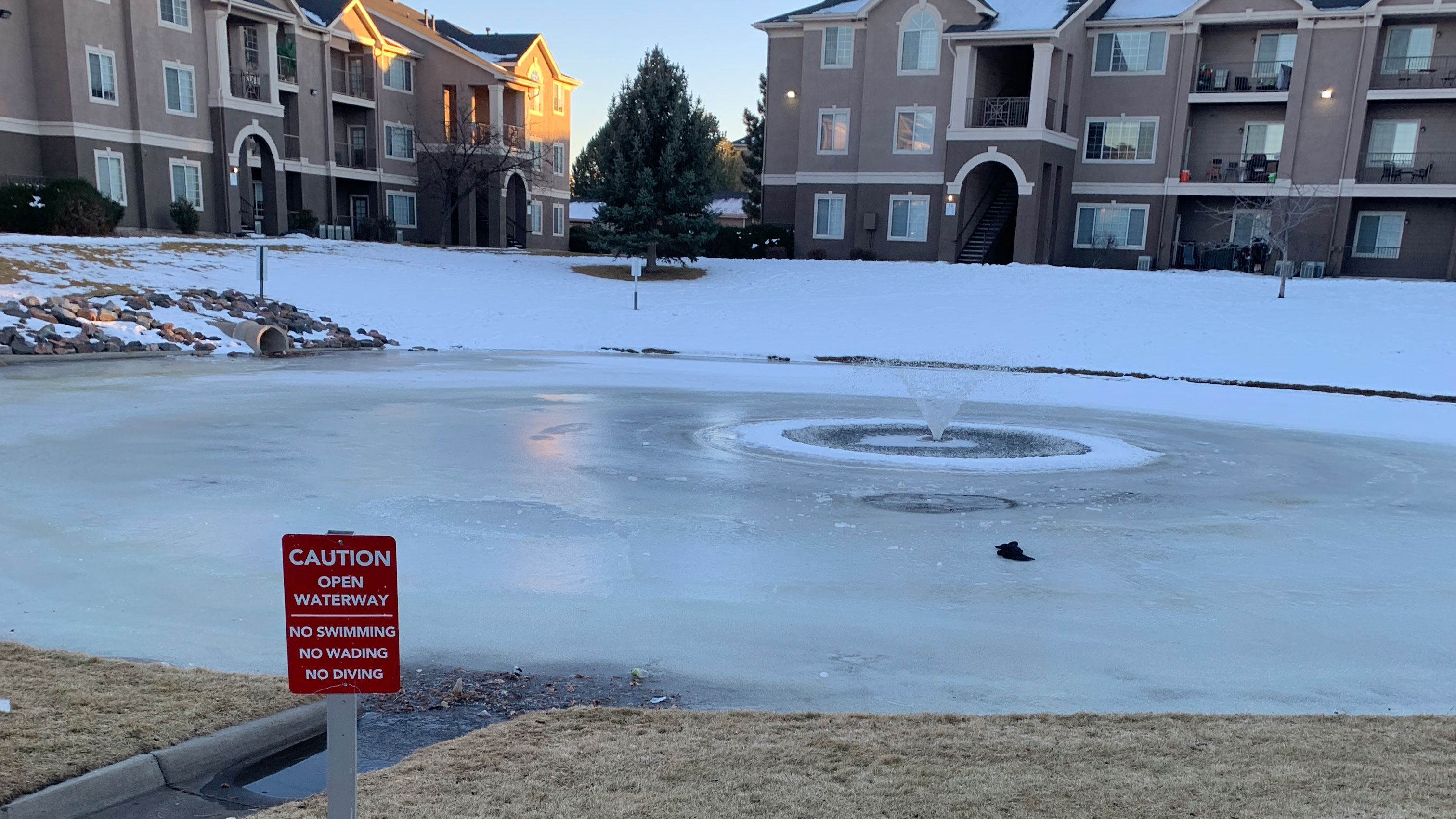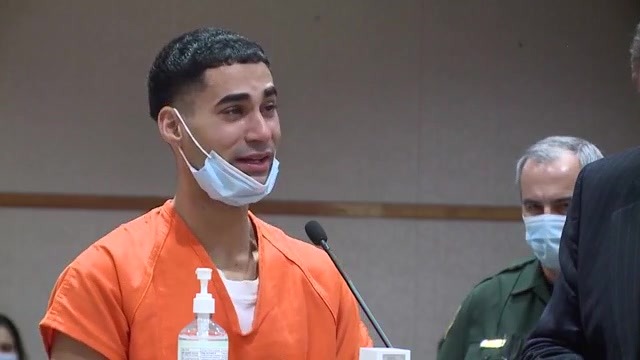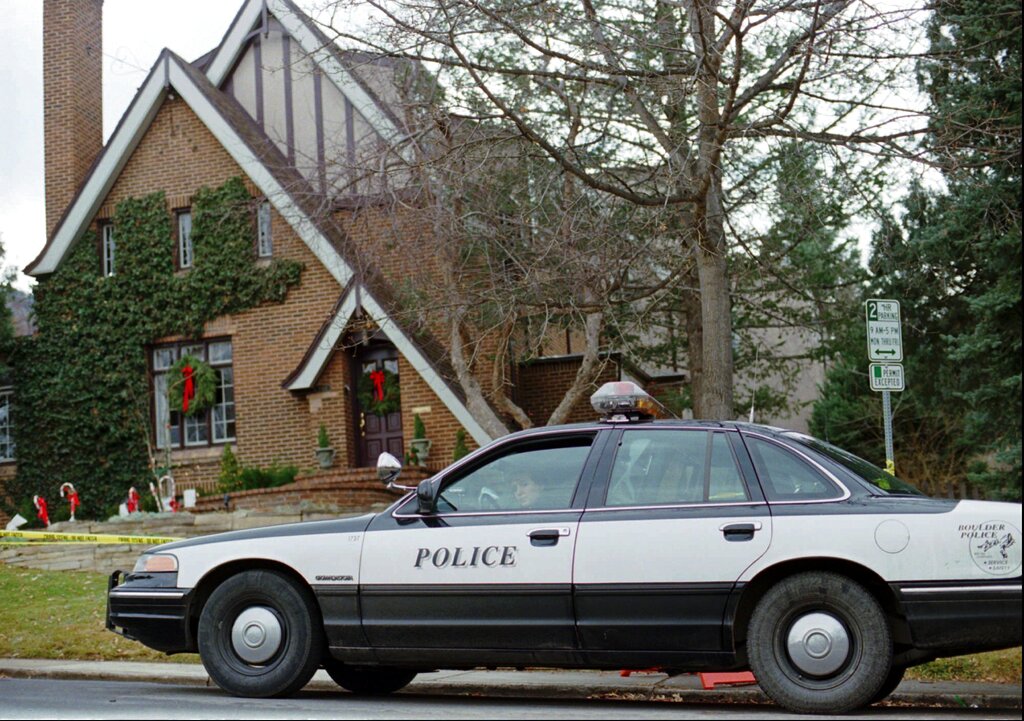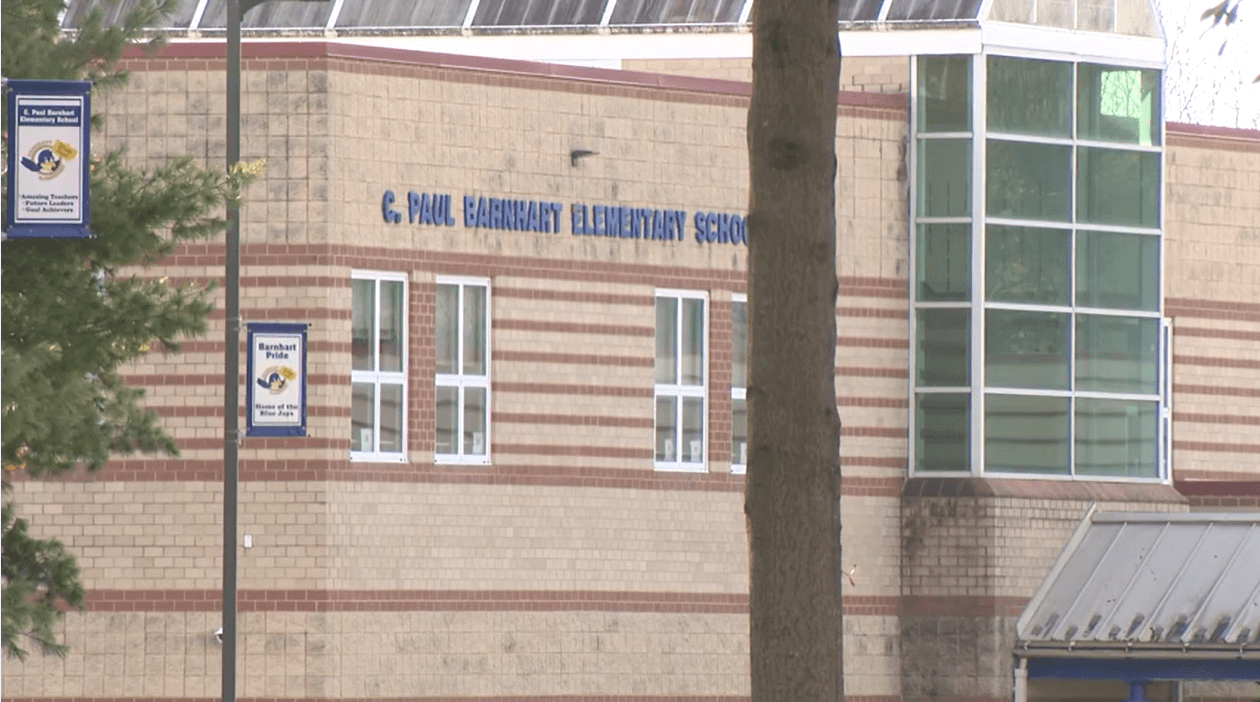(WGHP) – Virginia may not be in the path of totality, but we should still get quite the spectacle during the total solar eclipse on April 8, 2024 — if viewed safely through specialty solar filter lenses, of course.
This will be the first total solar eclipse to cross the United States since August 2017, and the path of totality is expected to run straight through Indianapolis, Indiana; Cleveland, Ohio; Buffalo, New York; and Burlington, Vermont.
In Virginia, Lake Holiday in Frederick County will be among the best views of the eclipse with a magnitude of 91.8%, and Virginia Beach to the southeast will see among the lowest magnitudes in the state at 81.6%, according to Eclipse2024.org. Everyone in between will see a partial eclipse within or very near to that range.
The eclipse will reach its peak over Gibson Station in Lee County at 3:08 p.m. and over Deep Hole in Accomack County at 3:22 p.m., but you can find out exactly when to expect the eclipse to reach peak magnitude and what that magnitude is expected to be using the map and table below.
The table below includes information for the top 500 communities with the highest populations in Virginia. You can use the search bar to find the closest city to you.
According to the American Astronomical Society, the August 2017 total solar eclipse was the first with a path of totality crossing both the Pacific and Atlantic Coasts since the solar eclipse of 1918.
It also made “landfall” exclusively in the United States, making it the first eclipse to do that since U.S. independence in 1776.

According to NASA, a total solar eclipse occurs when the moon comes directly between the sun and Earth, blocking the face of the sun.
When viewing a total solar eclipse, it’s important to remember not to look directly at the sun except for during the few minutes when totality occurs. Eclipse viewing glasses or other solar-safe viewing devices (NOT sunglasses) are needed during the majority of a total solar eclipse.
In order to experience totality, you’d have to be located in the center of the moon’s shadow as it casts on Earth.

What cities and states will experience totality?
If you’re interested in experiencing the total solar eclipse in all its glory, then you may want to think about planning a trip or vacation to one of the states in the totality path.
Here’s a list of all the states in the path of totality: Arkansas, Illinois, Indiana, Kentucky, Maine, Michigan, Missouri, New Hampshire, New York, Ohio, Oklahoma, Pennsylvania, Tennessee, Texas and Vermont.
Some of the major cities that are in the path of totality include San Antonio, Austin, Dallas, Indianapolis, Cleveland, Buffalo, Little Rock, and Burlington, Vermont.
Several cities on this list will experience totality for over 3.5 minutes. When that occurs, they’ll likely experience a brief drop in temperatures and even some bugs may emerge thinking it’s nighttime.
